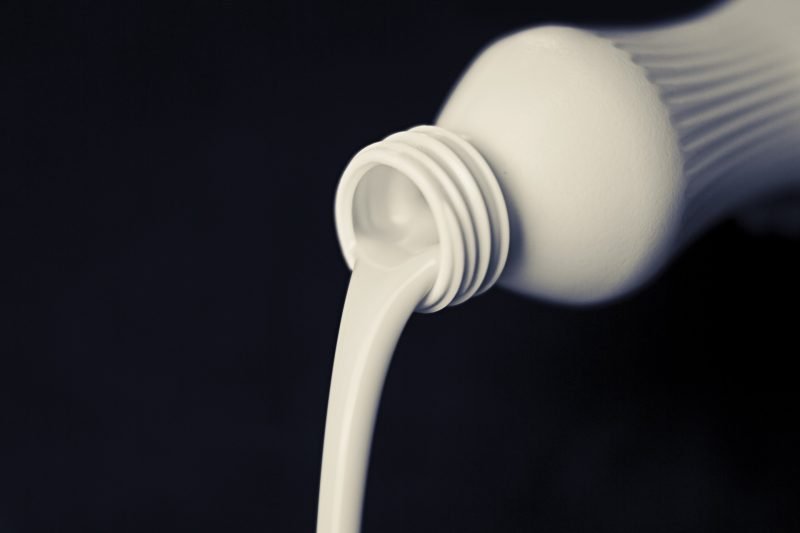For the love of liquid milk

The UK Agricultural and Horticultural Development Board (AHDB) recently looked at how UK milk prices rank on the European stage, and how lower milk solids content contributes to the UK’s performance. The question the AHDB asked is, why is British compositional quality lower?
The clearest difference between the UK and other key milk producing Member States is how much drinking milk it produces – approximately half of our total milk, compared to 7%-16% in the other countries.
This disparity is partly a reflection of differences in food culture, with the British enthusiasm for breakfast cereals and tea with milk not matched across the channel. The country also hasn’t had the drive towards export markets that other nations have focused on for many years, the AHDB notes.
In general, EU countries with a smaller proportion of milk going into drinking milk tend to have high protein figures, although France is the exception to the rule. As previously seen, although UK fat levels are below some EU nations, it is the lower protein from the UK that is particularly noticeable. In terms of compositional quality, there is no benefit to processors or farmers for delivering higher protein levels in milk destined for the drinking market. While butterfat still has a value due to milk being fat standardised prior to bottling, this is not the case for protein. As a result, liquid contracts tend to focus on volume over solids content, providing fewer opportunities to increase the price paid through better constituents.
On a more positive note, the domestic nature of the liquid milk market means it is not as open to the international commodity markets as other products, and is the main reason why the UK performs better in the EU farmgate league table when overall prices are low, the AHDB concludes.



